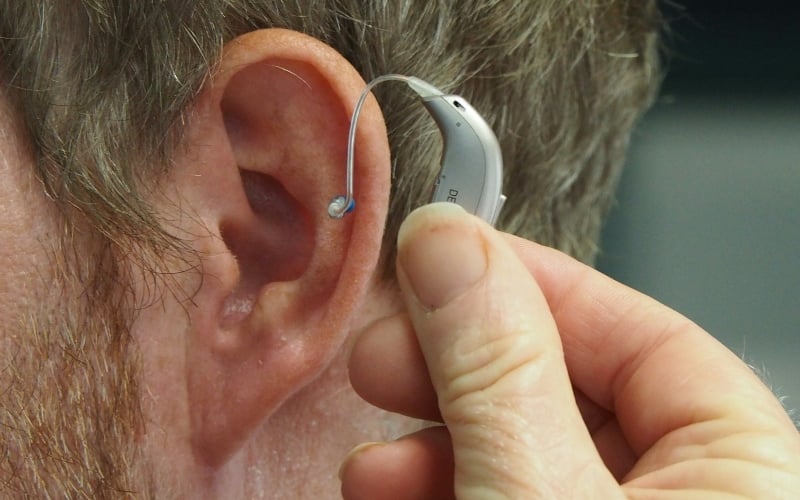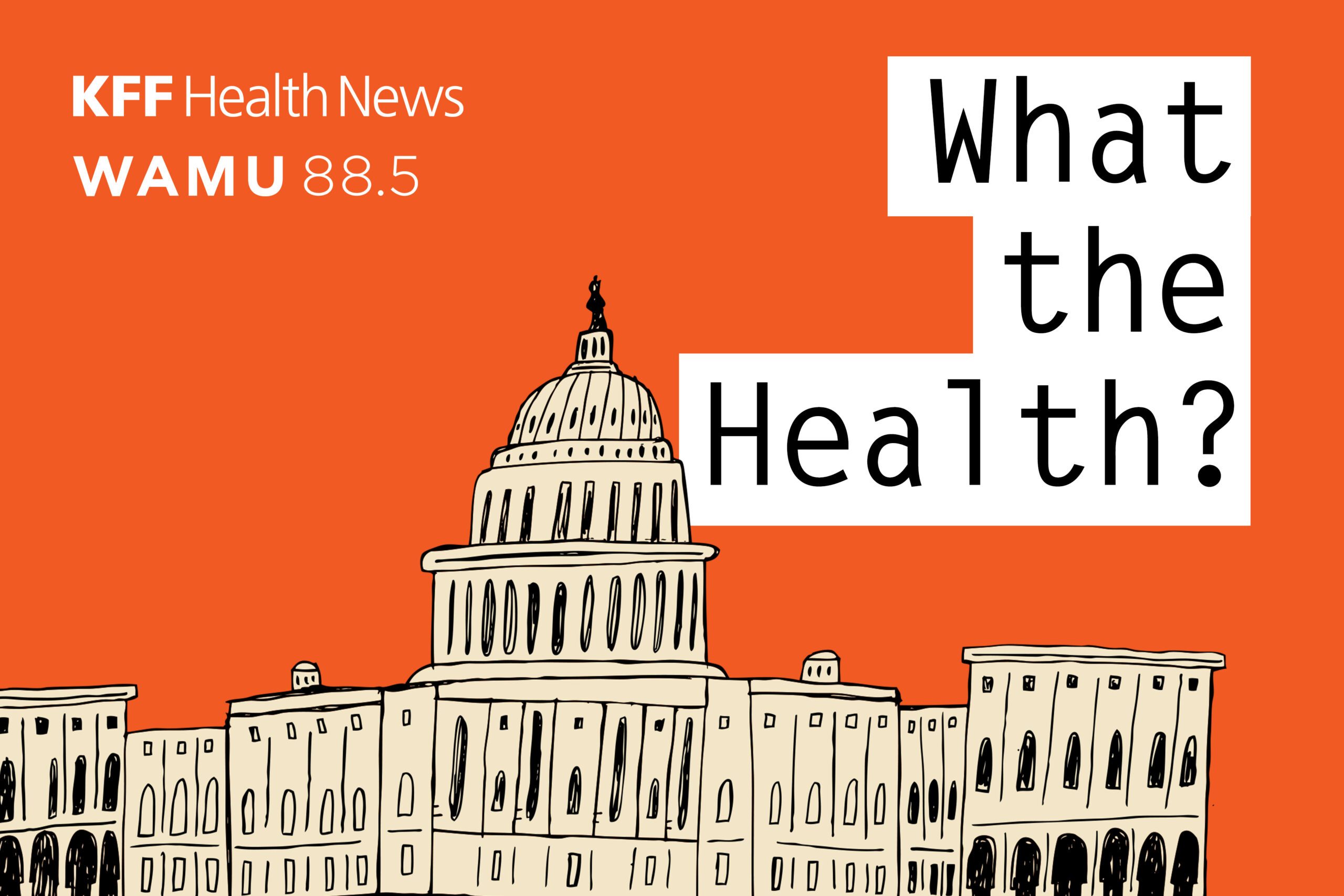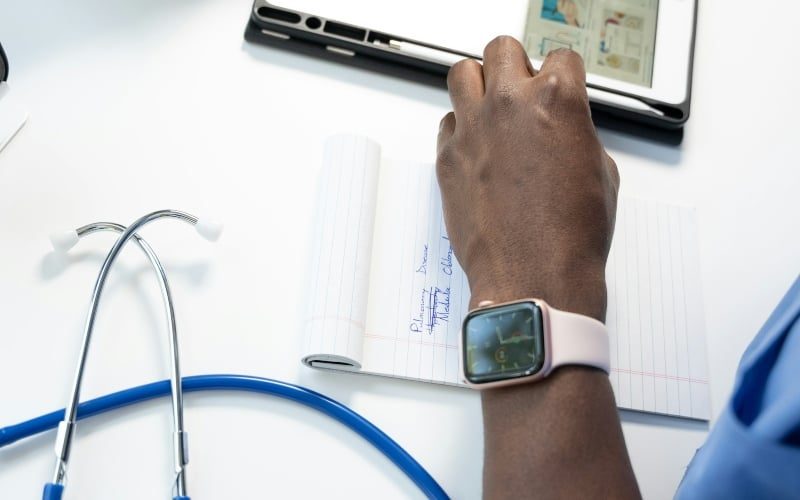Telemedicine became increasingly popular during the lockdowns of the first months of the pandemic, as people were actively avoiding hospitals seen as dangerous or that were overcome with Covid patients and instead interact with their doctors on a regular basis by videoconference for a consultation of early symptoms or possible conditions, as well as to request prescriptions or analyses.
The steady expansion of the system, especially by some more proactive healthcare providers, has run into some problems when pharmacies and clinics demand printed prescriptions or analyses rather than accepting something on the screen of patients’ smartphones, but these are likely to be short-lived.
Unsurprisingly, it turns out that most of our visits to the GP are unnecessary, and that in many cases are purely administrative, and consist of a brief verbal exchange, often without the doctor needing to even examine the patient: a few questions, a request for some tests or a prescription; all of which can be done more comfortably via a computer screen, and avoiding the usual wait.
As expected, telemedicine has seized the opportunity presented by a crisis. Now, the optimization phase remains:, we will increasingly begin to see more doctors and patients who are comfortable with the format, and progressively, the use of tools that allow diagnostic parameters to be added, such as devices or wearables that hold patients’ data and that can quickly and easily be shared with the physician.
How much value can telemedicine add to the healthcare value chain? The progressive generalization of telemedicine could become the first phase of another revolution that has been in the making for some time: preventive medicine, whereby patients share certain routinely generated data with an algorithmic system that monitors it and carries out an analysis of possible changes over time, capable of generating valuable information not only for use in the care and diagnosis of the patient providing the data, but also with significant potential value in the form of aggregated data for research purposes.
A change in habits as a result of an exceptional situation, which could be consolidating and ushering in changes that should be studied and optimized for the future.
—
This post was previously published on MEDIUM.COM.
***
From The Good Men Project on Medium
 What Does Being in Love and Loving Someone Really Mean?
What Does Being in Love and Loving Someone Really Mean?  My 9-Year-Old Accidentally Explained Why His Mom Divorced Me
My 9-Year-Old Accidentally Explained Why His Mom Divorced Me  The One Thing Men Want More Than Sex
The One Thing Men Want More Than Sex  The Internal Struggle Men Battle in Silence
The Internal Struggle Men Battle in Silence Join The Good Men Project as a Premium Member today.
All Premium Members get to view The Good Men Project with NO ADS.
A $50 annual membership gives you an all access pass. You can be a part of every call, group, class and community.
A $25 annual membership gives you access to one class, one Social Interest group and our online communities.
A $12 annual membership gives you access to our Friday calls with the publisher, our online community.
Register New Account
Log in if you wish to renew an existing subscription.
Username
First Name
Last Name
Password
Password Again
Choose your subscription level
- Yearly - $50.00 - 1 Year
- Monthly - $6.99 - 1 Month
Credit / Debit Card PayPal Choose Your Payment Method
Auto Renew
Subscribe to The Good Men Project Daily Newsletter By completing this registration form, you are also agreeing to our Terms of Service which can be found here.Need more info? A complete list of benefits is here.
—
Photo credit: Shutterstock
The post How the Pandemic Has Proved a Boon to Telemedicine appeared first on The Good Men Project.
Original Article










